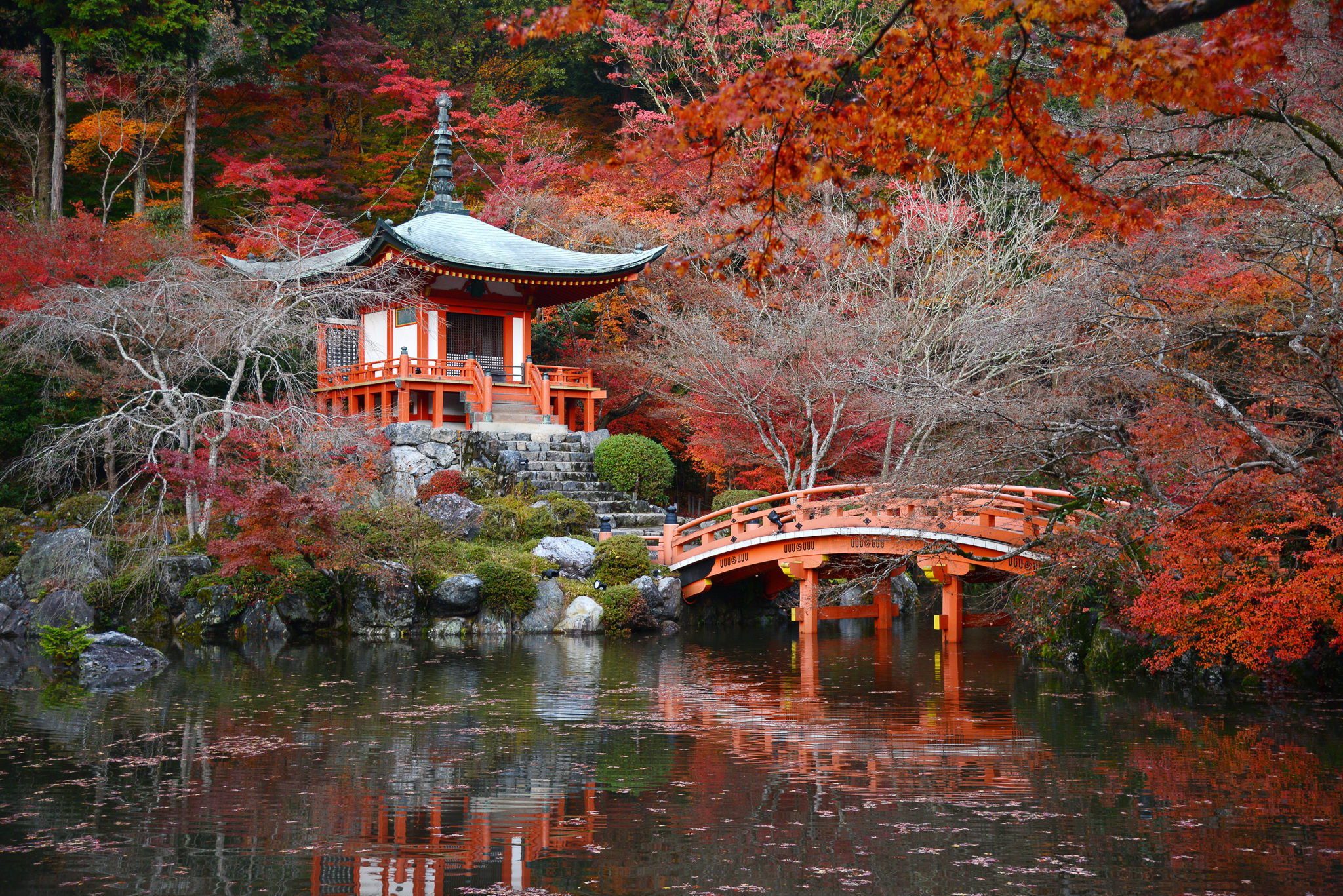How to Create a Zen Garden at Home
Transform your space into a serene sanctuary by creating a Zen garden at home with these simple and effective steps.

Understanding the Essence of Zen Gardens
Creating a Zen garden at home is a wonderful way to introduce a sense of peace and tranquility into your daily life. Originating from Japan, these gardens are traditionally designed to inspire meditation and reflection. The simplicity and minimalism that characterize Zen gardens are key elements that help in creating a serene environment. At the core, a Zen garden is about balance and harmony, often using natural elements like rocks, sand, and plants to symbolize larger landscapes. Understanding this essence is crucial before you begin, as it guides the selection of materials and the layout. The goal is to create a space that allows for quiet contemplation, helping to reduce stress and promote mindfulness. While the aesthetic might appear simple, each element is thoughtfully placed to evoke calmness and balance.
Selecting the Right Location
Choosing the right location for your Zen garden is essential. Ideally, it should be a place that is easily accessible yet private enough to provide a retreat from the hustle and bustle of daily life. Whether you have a sprawling backyard or a small balcony, a Zen garden can be adapted to fit various spaces. Consider areas that receive ample natural light but also have some shade to create a comfortable environment. The location should also allow for a quiet atmosphere, minimizing distractions from noise or traffic. If outdoor space is limited, you can even create a mini Zen garden indoors using a tabletop design. The key is to ensure that the space feels inviting and conducive to relaxation, serving as a personal sanctuary where you can unwind.
Essential Elements and Materials
Incorporating the essential elements of a Zen garden involves careful selection of materials. Rocks and stones are fundamental, symbolizing mountains and islands, and can vary in size and shape to create visual interest. Sand or fine gravel is often used to represent water, with raked patterns symbolizing waves or ripples. This practice of raking is a form of meditation in itself, allowing for reflection and focus. Plants, though used sparingly, add life and color to the garden. Moss, bamboo, and small shrubs are popular choices, as they thrive in shaded areas and require minimal maintenance. The materials should be natural and blend seamlessly with the environment, maintaining the garden's simplicity and elegance. The arrangement of these elements should evoke a sense of natural beauty and tranquility, encouraging a meditative state.
Designing Your Zen Garden
Designing your Zen garden involves thoughtful planning and creativity. Start by sketching a layout that incorporates the essential elements while considering the balance and flow of the space. The placement of rocks and stones should feel organic, as if they were naturally part of the landscape. Patterns in the sand can be changed periodically to refresh the garden's appearance and provide a new meditative focus. Pathways can be added using stepping stones or gravel, guiding movement through the garden and offering different perspectives. Consider adding a focal point, such as a small water feature or a stone lantern, to enhance the garden's aesthetic appeal. Remember, the design should remain simple and uncluttered, reflecting the Zen philosophy of minimalism and harmony. Each element should contribute to the overall sense of peace and serenity.
Maintaining Your Zen Garden
Maintenance of a Zen garden is an ongoing process that offers an opportunity for continued mindfulness and engagement. Regularly raking the sand or gravel is essential to maintain its appearance and allows for quiet reflection. This task can be meditative, providing a break from daily routines. Pruning plants and removing debris helps keep the garden tidy and vibrant. Depending on the climate, occasional watering may be necessary to sustain plant health. It's also important to periodically assess the garden's layout and make adjustments as needed to ensure it continues to evoke a sense of tranquility. By engaging with your Zen garden regularly, you reinforce its role as a peaceful retreat, helping to foster a deeper connection with nature and promoting a balanced lifestyle. The ongoing care is not just about upkeep, but also about nurturing a personal space that brings calm and clarity.